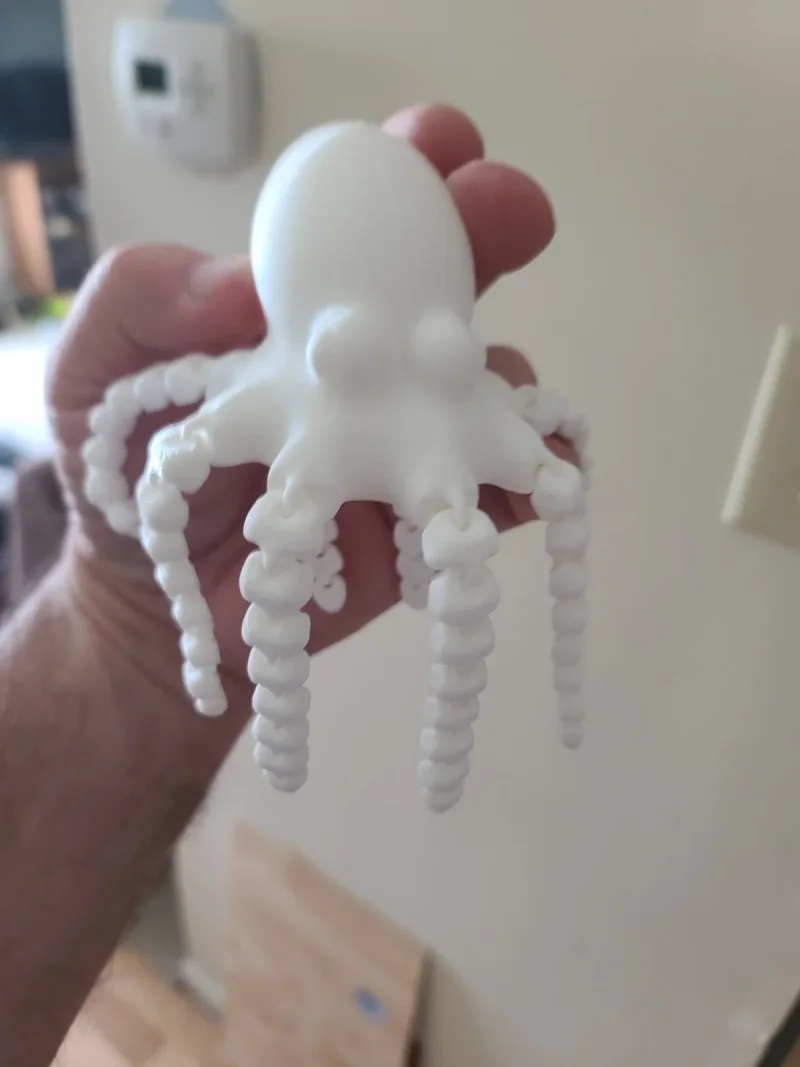- Joined
- Feb 11, 2009
- Messages
- 27,329
- Reaction score
- 26,119
- Location
- NJ (The nice part)
- Guild Total
- 118
It's been around for a long time and it wasn't dialed in until I stopped working. So now, it's another tool in the quiver.
It was a gift. Funny, it was too little adhesion that was the issue before, and it's far too much adhesion.
It could be as simple as the temp being too high so it’s coming out too liquid on the first layers.
One of the things I struggled with when learning was that every brand has different temp zones. This variation is why I stick to one brand where possible.
Sometimes even a different color from the same brand is different. When I was using the Ultimaker I had it completely dialed in using their filament which is stupid expensive (which is why I switched to Matterhackers). Except for the blue. The blue underextruded like crazy causing prints to fail. The solution was raising the temp 10 degrees for the first three layers and five for the rest and then it worked beautifully, but only for the blue.
